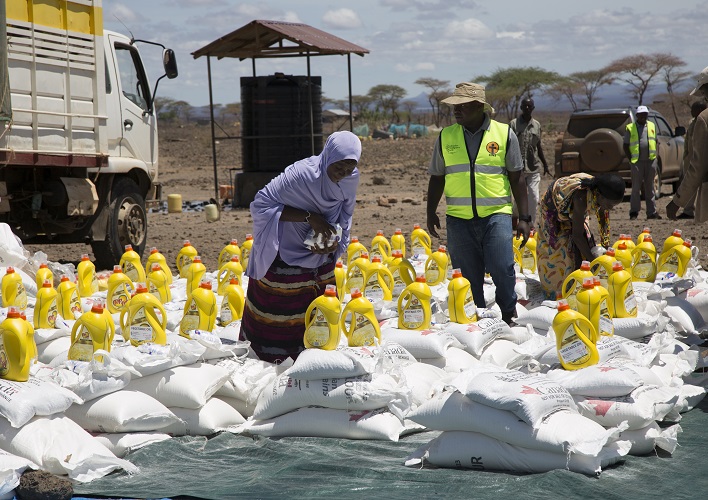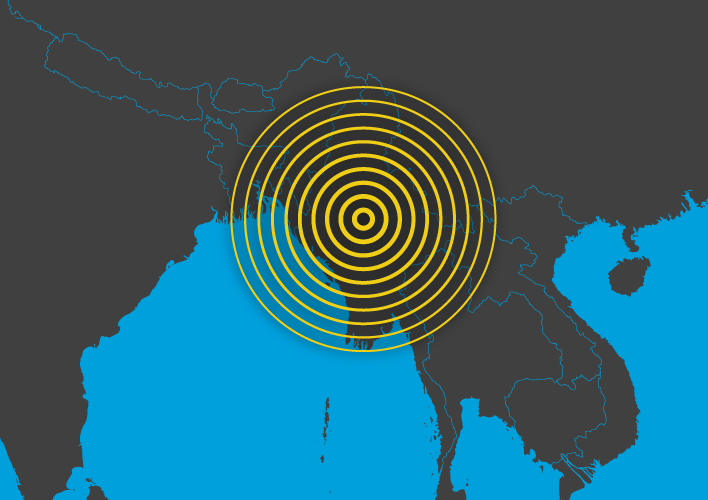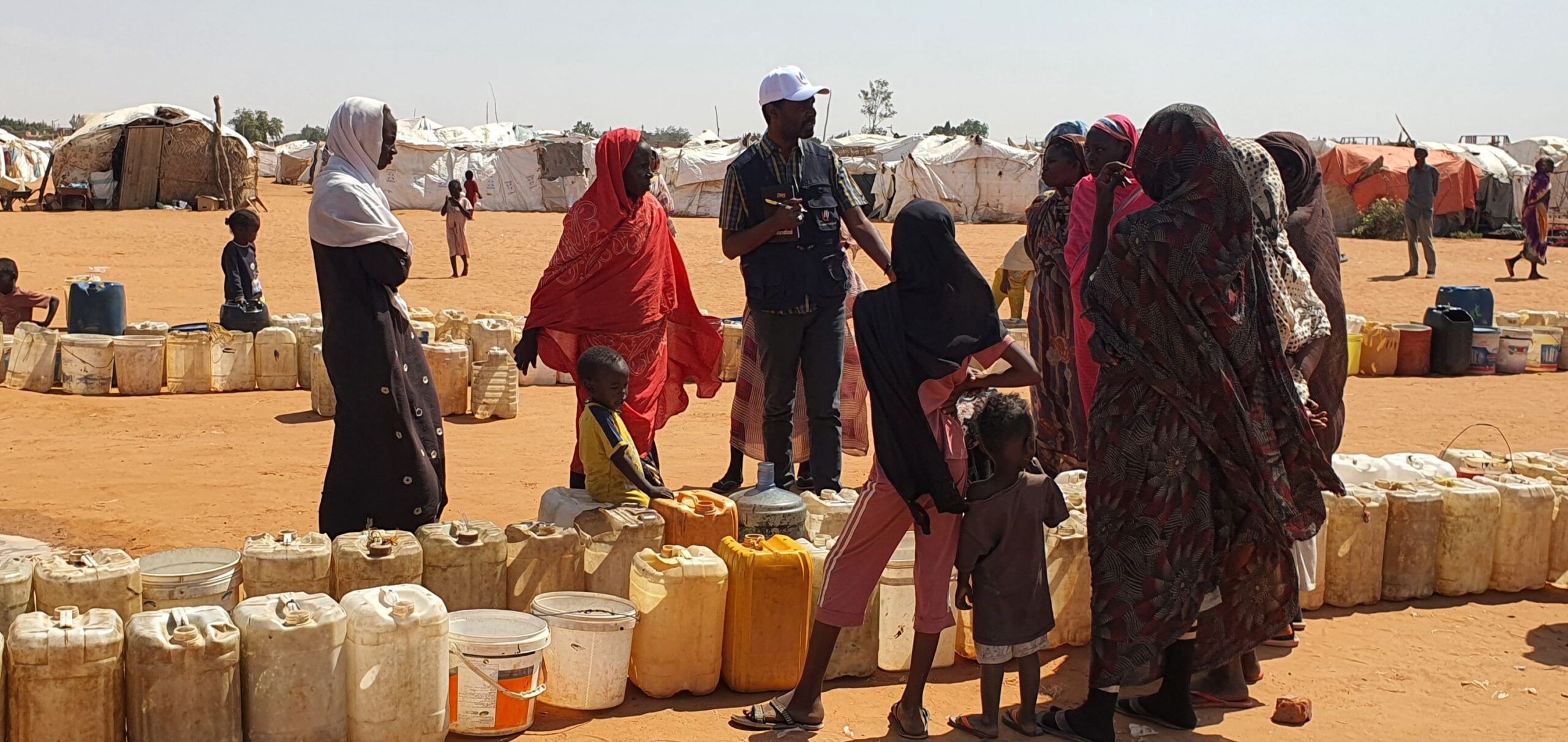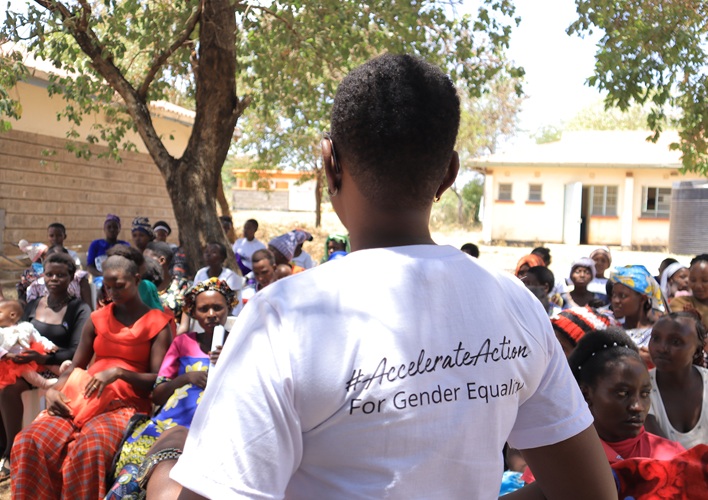The world is an increasingly dangerous place to be an aid worker – and yet we have heroes around the world who continue to choose this profession.
According to the UN’s Humanitarian Data Exchange, 676 aid workers have been reported killed since 2020, 897 have been injured, and 641 have been kidnapped. As of the end of June this year, 118 workers had been killed, already more than the entirety of 2022.
This World Humanitarian Day, we honour the sacrifices and hard work of the ones who choose to stay and serve in the midst of humanitarian crisis.
For many humanitarian workers overseas, facing active conflict risks while delivering lifesaving food supplies is their daily reality – because much of the world’s need is now concentrated in conflict zones. It’s heartbreaking to read reports from the overseas partners of our members, as they tell us about the impacts of conflict on their work.
In South Sudan, which for several years now has been the most dangerous place for aid workers, a local partner had to delay activities with local communities last year after another organization’s driver was ambushed and killed. And in Haiti, partners had to adjust their community visits with mobile malnutrition clinics, due to the danger posed by armed gangs.
For the aid workers who choose to stay and continue working in the midst of these challenges, “the threat to their lives remains, especially for those who are not originally from the areas in which they work and have to travel,” says Dr. Alain Casseus, partner staff at Zanmi Lasante (local partner of Presbyterian World Service & Development) in Haiti.
Beyond their professional roles, many humanitarian workers are locals themselves and therefore also living through the crisis they are responding to. In Syria, for example, many humanitarian workers who lost homes or loved ones in the February 2023 earthquake still chose to respond to the crisis and serve the affected communities.
For aid workers living in crisis zones, it is impossible to distance themselves completely from what is happening around them. Because of this, it is not surprising that humanitarian workers are deeply impacted by these experiences. A growing body of evidence shows high levels of trauma, anxiety, and PTSD among humanitarian aid workers.
Knowing the difficult decisions local partner staff make about who will receive assistance and who will not, and the stressful environments they work in, makes us even more grateful for the generosity of Canadians who respond to meet urgent needs around the world.
This World Humanitarian Day, we express our deepest thanks to our members’ implementing partners around the world, working on the frontlines of the hunger crisis.




